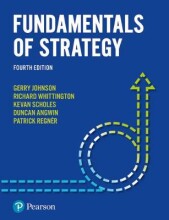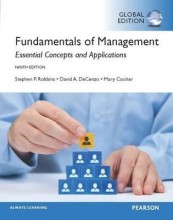Summary: Lecture 1 - Foraging Ecology
- This + 400k other summaries
- A unique study and practice tool
- Never study anything twice again
- Get the grades you hope for
- 100% sure, 100% understanding
Read the summary and the most important questions on Lecture 1 - Foraging Ecology
-
3 Foraging animals
-
What are the 2 basic questions a foraging animal faces?And what are the proximate and ultimate gains from foraging?
- Where to go and how long to stay?
What to eat and how much to eat? - Proximate gain: satisfy needs
Ultimate gain: maximize fitness
- Where to go and how long to stay?
-
7 Food requirements
-
Animals need to satisfy their nutritional requirements from food in their environment. What are the 7 "but's"?
- Not just 1 food items contains all requirements
- Many food items contain undesirable substances
- Food items vary in availability and quality
- Food subatances need to be broken down inside the body after ingestion
- Animals compete with eachother
- Avoiding of predation and disease
- Food and consumer traits change through natural selection
-
8 Avian adaption to nectarivory
-
What are the morphologic adaptations to nectarivory?
Body size: smaller --> exploit more flower resources
Beak and tongue structure: long, slender and curved
Digestive organ structue: uitrekbaar with brush tip -
What are the physiologic adaptations to nactarivory?
Lower metabolic rate
Lowered protein requirements: 1.5% vs 8% in granivores
Changes to GIT: small gizzard, short intestine, no caecum
Changes to renal physiology: better resorbance of solutes and water -
11 Sources of energy in forages
-
What do cell contents contain and what is their digestibility?
They contain sugars, starch, protein, fat, and are >90% digestible and rapidly available -
What do cell walls contain and what is their digestibility?
They contain cellulose, lignin, hemicellulose and are 40-70% digestible and slowly available by fiber digesting bacteria that make the enzyme cellulase -
12 Lignin
This is a preview. There are 1 more flashcards available for chapter 12
Show more cards here -
Are plant stems highly or poorly digestible? And plant leaves?
Plant stems are poorly digetsible because of high lignin. Plant leaves are highly digestible because of low lignin. -
14 Seasonal effect
-
What is the seasonal effect on quality (nutritive value) and quantity (yield) of grass?
Quanity is low at the beginning of spring but quickly rises until the end of spring, then lowers in summer and lowers even more in fall.
High quality in spring, which lowers in a nice curve until fall. -
15 Composition grass and browse plants
This is a preview. There are 1 more flashcards available for chapter 15
Show more cards here -
What is the composition of browse plants looking at cell contents, cell wall (-lignin) and lignin?
20% lignin, 30% cell wall (-lignin) and 50% cell contents. Lower digestibility than grass. -
30 From food to feaces
This is a preview. There are 3 more flashcards available for chapter 30
Show more cards here -
What does foregut fermenter mean and name 2 foregut fermenters?
It means pre-gastric fermentation, so fermentation before stomach.
Ruminants and kangaroos are foregut fermenters
- Higher grades + faster learning
- Never study anything twice
- 100% sure, 100% understanding
































